Growing Awareness of Soil Health
The rising awareness regarding soil health is emerging as a significant driver for the Fertilizer Mixture Market. Farmers are increasingly recognizing the importance of maintaining soil fertility for sustainable crop production. This awareness is leading to a greater demand for specialized fertilizer mixtures that cater to specific soil nutrient deficiencies. Research indicates that healthy soil can enhance crop resilience and yield, which is crucial for food security. As a result, the Fertilizer Mixture Market is likely to see a shift towards products that promote long-term soil health, reflecting a broader understanding of agricultural sustainability.
Government Initiatives and Subsidies
Government policies and subsidies play a crucial role in shaping the Fertilizer Mixture Market. Many governments are implementing initiatives aimed at promoting the use of fertilizers that enhance agricultural productivity while minimizing environmental harm. For instance, subsidies for organic fertilizers are becoming more common, encouraging farmers to adopt these products. Data suggests that regions with supportive government policies experience higher adoption rates of innovative fertilizer mixtures. This trend indicates that favorable regulatory frameworks can significantly influence market dynamics, potentially leading to increased growth in the Fertilizer Mixture Market.
Rising Demand for Sustainable Agriculture
The increasing emphasis on sustainable agricultural practices is a pivotal driver for the Fertilizer Mixture Market. Farmers are increasingly adopting eco-friendly methods to enhance soil health and crop yield. This shift is largely influenced by consumer preferences for organic produce, which has seen a notable rise in demand. According to recent data, the organic food market is projected to grow significantly, thereby propelling the need for organic fertilizer mixtures. As a result, manufacturers are focusing on developing innovative fertilizer blends that align with sustainable practices, which is likely to reshape the Fertilizer Mixture Market in the coming years.
Increasing Global Population and Food Demand
The escalating The Fertilizer Mixture Industry. As the population continues to grow, the demand for food is projected to increase significantly. This necessitates enhanced agricultural productivity, which in turn drives the need for effective fertilizer mixtures. Data indicates that food production must rise by approximately 70% by 2050 to meet the needs of the growing population. Consequently, the Fertilizer Mixture Market is poised for growth as farmers seek efficient solutions to maximize crop yields and ensure food security in the face of rising demand.
Technological Advancements in Fertilizer Production
Technological innovations are transforming the Fertilizer Mixture Market, enhancing production efficiency and product quality. The integration of precision agriculture technologies allows for tailored fertilizer applications, optimizing nutrient delivery to crops. This trend is supported by data indicating that precision agriculture can increase crop yields by up to 20%. Furthermore, advancements in production techniques, such as controlled-release fertilizers, are gaining traction. These innovations not only improve nutrient efficiency but also reduce environmental impact, making them attractive to environmentally conscious farmers. Consequently, the Fertilizer Mixture Market is likely to witness a surge in demand for technologically advanced products.


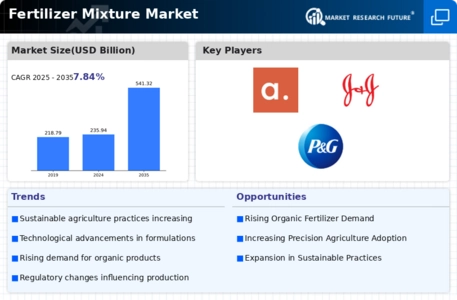
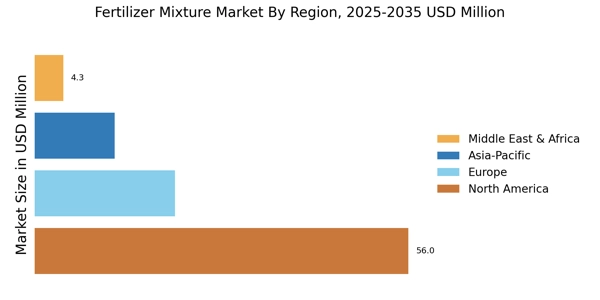



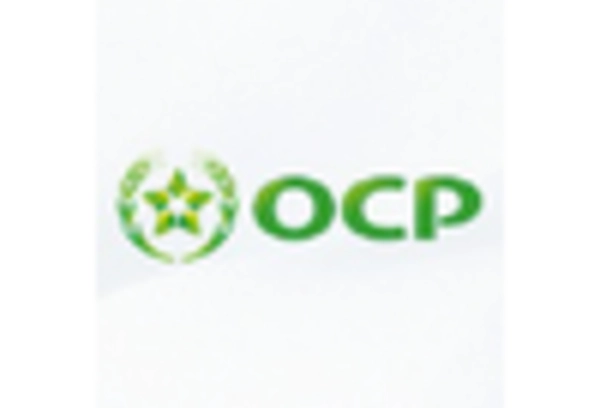
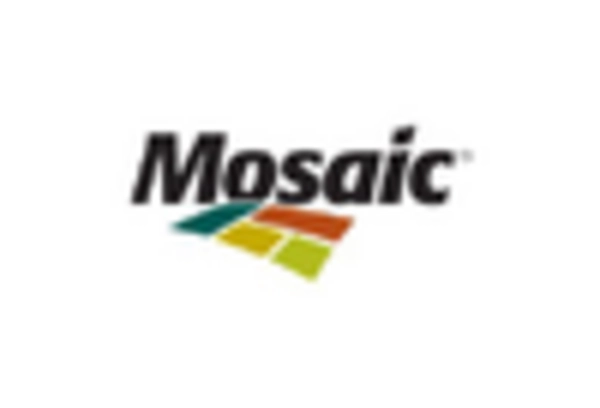
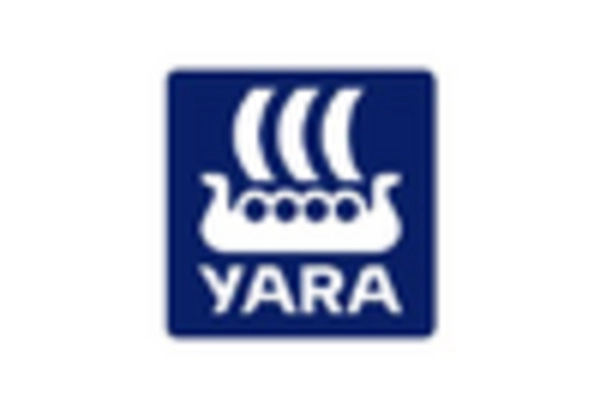








Leave a Comment